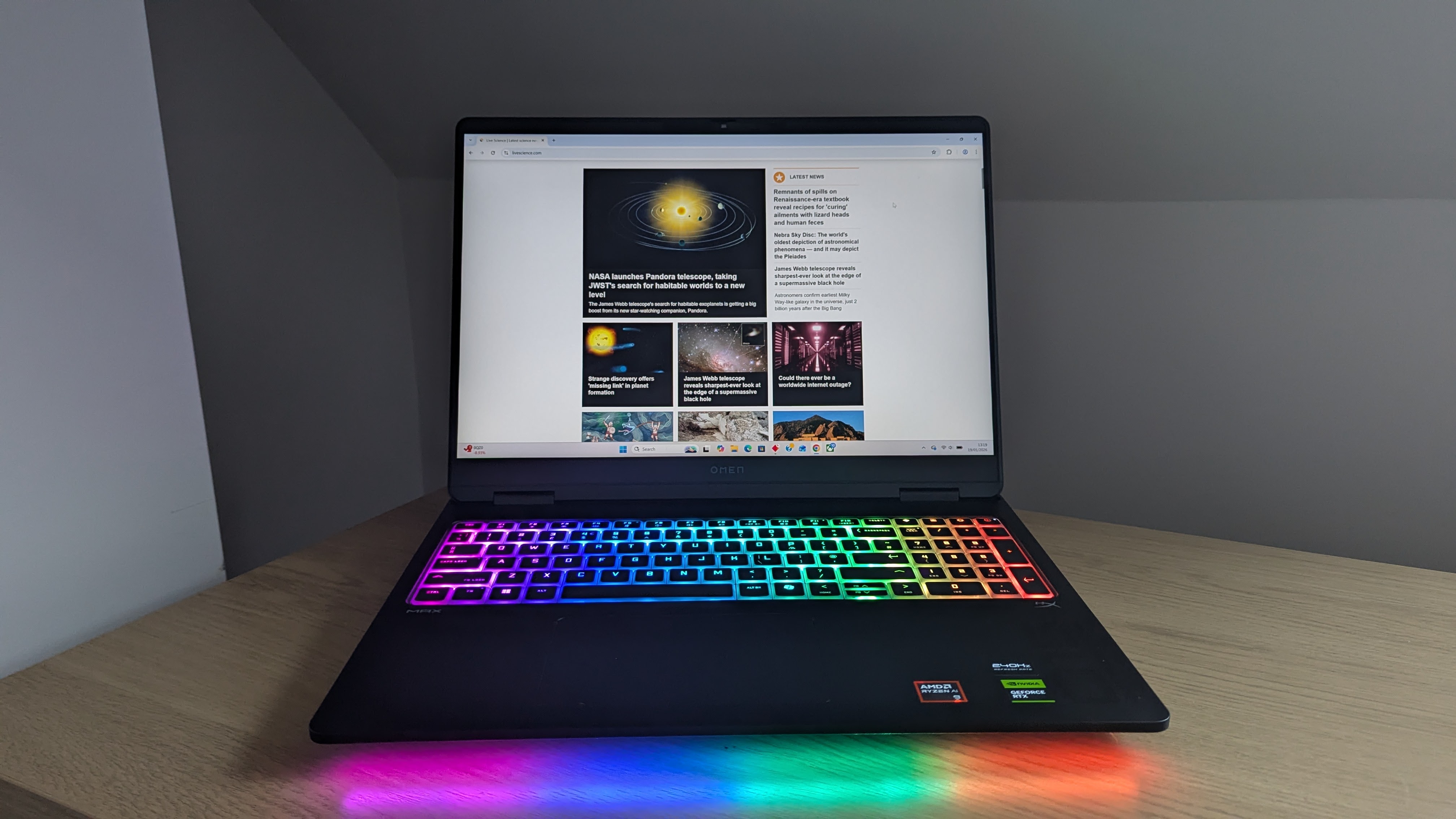New Cable Modem to Triple Internet Speed

Move over fiber: Cable TV modems may soon leave you in the dust. That’s right—optical fiber-to-the-home service had previously offered the fastest available connection for residential Internet. The best-known example is the FiOS service from Verizon Communications, which peaks at 50 megabits per second. But the cable industry has recently taken the wraps off new cable modem technology that exceeds the FiOS speed by a factor of more than three. Called the Data Over Cable Service Interface Specification (DOCSIS) 3.0, it allows data throughput of as much as 160 megabits. “The technology lets you bind together cable channels and then run data over those combined channels—you don’t need more wires,” said Mike Schwartz, spokesman for Cable Television Laboratories (Cablelabs), which defines operational specifications for hardware used in the cable TV industry, assuring interoperability. Each digital channel can provide a bandwidth of 40 megabits, so binding them together provides multiples of that throughput, he said—although the user will have to sacrifice several program channels. With four channels consumed by Internet bandwidth, the user will get 160 megabits downstream (from the Internet) and 120 megabits upstream (to the Internet). “Cable systems are looking at their ability to deliver high data speeds, and are putting channels aside to assure that kind of throughput when the market requires it,” Schwartz told LiveScience. The DOCSIS 3.0 modems will work only on digital networks, and only after appropriate “head-end” transmission systems have also been added. Schwartz estimated that DOCSIS 3.0 modems would start appearing on the market early next year, although the carriers would also need DOCSIS 3.0 transmission gear, and none has yet been submitted to Cablelabs yet for interoperability testing. But Schwartz said there is plenty of time for that. As implied by the name, these modems represent the third generation of the DOCSIS standard for digital cable TV networks. Version 1.0 offered 10 megabits, and version 2.0 offered a maximum of 40 megabits, Schwartz said. The first operational DOCSIS 3.0 modems were shown recently at an industrial convention in Las Vega by Comcast Corp., and one was reportedly was used to transmit a copy of the 2007 Encyclopedia Britannica, plus a Merriam-Webster’s dictionary, in less than four minutes. The cost of the modems, it was announced, would be similar to that of current modems. But fiber will probably not lie down and die, since the technology offers the potential for enormously higher speeds in the future. The speed of a fiber connection is determined by the speed of the electronics at either end, since the capacity of the fiber itself has been found by researchers at Bell Labs to be an astronomical 100 terabits. That’s 100 trillion bits per second, or 666,667 times faster than a DOCSIS 3.0 modem. Schwartz estimated that the maximum capacity of a cable modem line is ultimately about 5 gigabits.
- Broadband's Powerful Future
- Record-Setting Spam Effort Turns Computers into Zombies
- New Hard Drives Hold a Terabyte of Data
Get the world’s most fascinating discoveries delivered straight to your inbox.
 Live Science Plus
Live Science Plus





